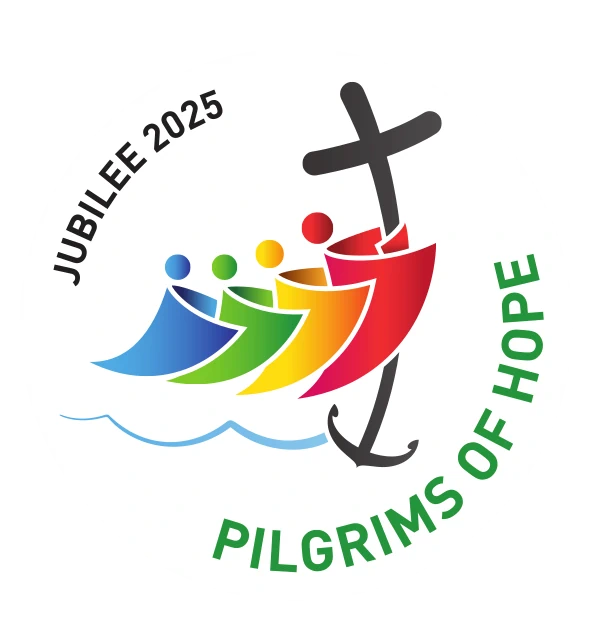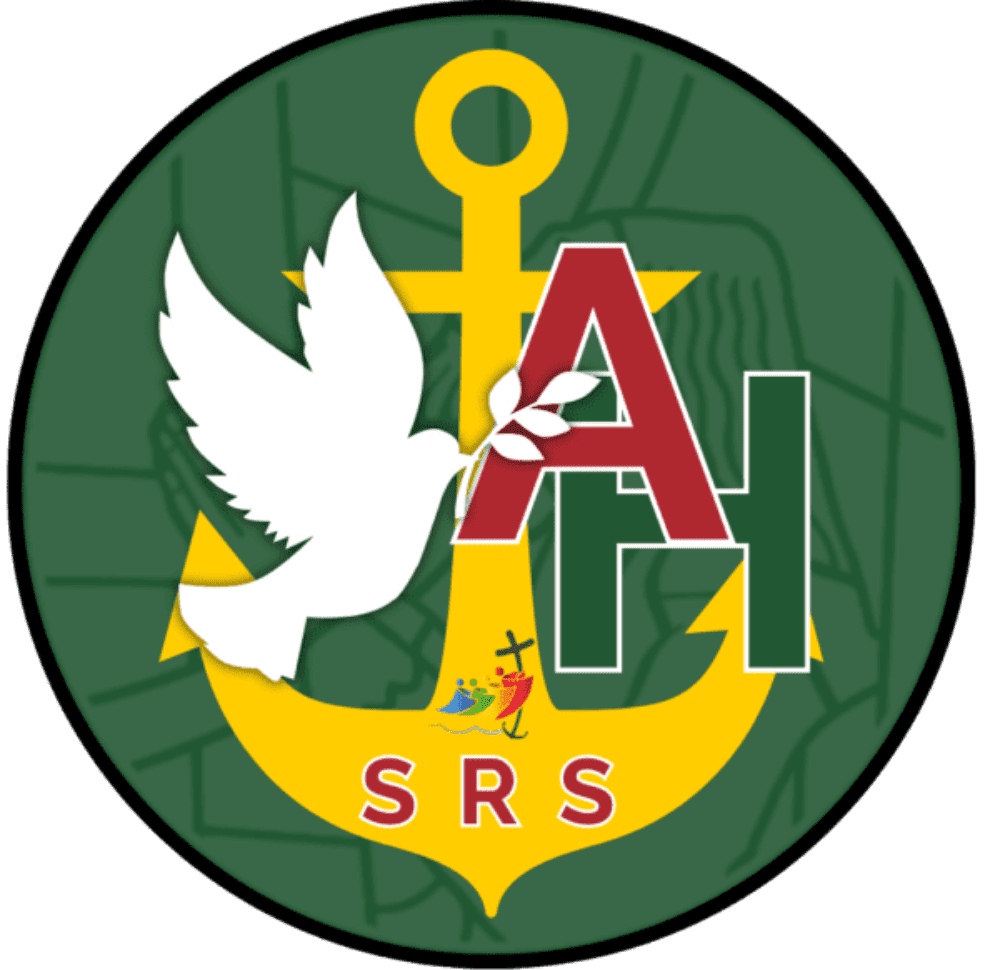All children belong to one of the four house teams and can represent their house in sports and quizzes.
Throughout the week, hard work and good behaviour are recognised by the awarding of ‘house points’. Trophies are awarded annually for the winning house.
One year six girl and one year six boy are chosen from each house as House Captains for the year by all the staff.
The four houses are: John, Luke, Mark and Matthew. Each house has a house colour, saint, motto and teacher representative. Find out more about the houses on their individual pages.
| House Teacher | Miss Clarke, Miss Ashmore, Mrs. Delli-Colli, Miss Phillips and Mrs Bagshaw. |
| House Captains |
KS2 TBC KS1 TBC |
| House Colour | Yellow |
| House Motto | Working Together Makes Us Strong |
John the Apostle (c.AD 6-100) was one of the Twelve Apostles of Jesus according to the New Testament, generally listed as the youngest apostle. His brother was James, who was another of the Twelve Apostles. The Church Fathers identify him as John the Evangelist, John of Patmos, John the Elder and the Beloved Disciple.
Church tradition has held that John is the author of the Gospel of John and five other books of the New Testament — the three Epistles of John and the Book of Revelation.
John the Apostle was the son of Zebedee and the younger brother of James, son of Zebedee (James the Greater). Their mother was Salome. Zebedee and his sons fished in the Sea of Galilee. The brothers were firstly disciples of John the Baptist. Jesus then called Peter, Andrew and these two sons of Zebedee to follow him.
James and John are listed among the Twelve Apostles. Jesus referred to the pair as “Boanerges” (translated “sons of thunder”); although their nature was calm and gentle, when their patience was pushed to its limits their anger became wild and thunderous causing them to speak out like an untamed storm.
The feast day of Saint John in the Roman Catholic Church, which calls him “Saint John, Apostle and Evangelist”, is on 27 December. His symbol is an eagle.
| House Teacher | Miss Foley, Mr Lloyd, Mrs Crowther, Mrs Bullivant, Mrs Baker and Miss Hunter. |
| House Captains |
KS2 TBC KS1 TBC |
| House Colour | Blue |
| House Motto | Live, Love and Care |
Luke, the writer of the Gospel and the Acts of the Apostles, has been identified with St. Paul’s “Luke, the beloved physician” (Colossians 4:14). We know few other facts about Luke’s life from Scripture and from early Church historians.
It is believed that Luke was born a Greek and a Gentile. In Colossians 10-14 speaks of those friends who are with him. It is only in his gospel that we hear the parable of the Good Samaritan, that we hear Jesus praising the faith of Gentiles such as the widow of Zarephath and Naaman the Syrian (Lk.4:25-27), and that we hear the story of the one grateful leper who is a Samaritan (Lk.17:11-19). According to the early Church historian Eusebius Luke was born at Antioch in Syria.
Luke’s unique perspective on Jesus can be seen in the six miracles and eighteen parables not found in the other gospels. Luke’s is the gospel of the poor and of social justice. He is the one who tells the story of Lazarus and the Rich Man who ignored him. Luke is the one who uses “Blessed are the poor” instead of “Blessed are the poor in spirit” in the beatitudes.
Forgiveness and God’s mercy to sinners is also of first importance to Luke. Only in Luke do we hear the story of the Prodigal Son welcomed back by the overjoyed father. Only in Luke do we hear the story of the forgiven woman disrupting the feast by washing Jesus’ feet with her tears. Throughout Luke’s gospel, Jesus takes the side of the sinner who wants to return to God’s mercy.
St. Luke is the patron saint of doctors and his feast day is celebrated on October 18th.
| House Teacher | Miss Wood, Mrs Trotter, Miss Hadfield, Mrs L Taylor, Mrs Salmon and Mrs Healy |
| House Captains |
KS2 – TBC KS1- TBC |
| House Colour | Green |
| House Motto | Don’t Give Up |
Much of what we know about St. Mark, the author of the Second Gospel, comes largely from the New Testament and early Christian traditions. Mark the Evangelist is believed to be the ‘John Mark’ referred to in the Acts of the Apostles, the history of the early Church found in the Canon of the New Testament. It was his house where Jesus and his disciples ate the Last Supper.
Mark’s Gospel was probably written between 60 and 70 A.D., and was based upon the teachings of St. Peter. It is believed Mark provided both Luke and Matthew with basic sources for their Gospel’s.
He was probably the first bishop of Alexandria, Egypt and the founder of the Church of Alexandria, although he is not mentioned in connection to the city by either Clement of Alexandria nor by Origen.
In 828, relics of St. Mark were stolen from Alexandria and taken to Venice, Italy. There they are enshrined in a beautiful cathedral dedicated to the saint.
St. Mark’s symbol is a winged lion. He is often depicted as writing or holding his Gospel. He is sometimes shown as a bishop on a throne or as a man helping Venetian sailors.
St. Mark is the patron saint of Venice and his feast day is celebrated on April 25th.
| House Teacher | Mrs Frewer, Miss Lonsdale, Mrs Corbett, Mrs Goodchild, Mrs Mawby and Ms Harris |
| House Captains |
KS2 TBC KS1 TBC |
| House Colour | Red |
| House Motto | Do and Say the Right Thing |
Matthew, the Evangelist who wrote the Gospel that appears first in the New Testament, was different from the other Apostles. He was not a popular man. Many people felt that he was unworthy to be a chosen as a follower of Jesus. Matthew worked for the Romans as a tax collector. The Romans ruled Palestine and the Jewish people in the time of Jesus. They forced the Jewish people to pay taxes to them. Many of the tax collectors cheated the people by charging more taxes than required and keeping the extra money for themselves. The Jews considered the tax collectors to be traitors.
Matthew wrote his Gospel for Jewish people who had become followers of Christ. He wanted his audience to know that Jesus was the Messiah that God had promised to send to save all people. Matthew’s Gospel makes clear that Jesus is the fulfilment of everything said by the prophets in the Old Testament.
The symbol for Matthew’s Gospel is a man with wings and his feast day is celebrated on September 21st.



